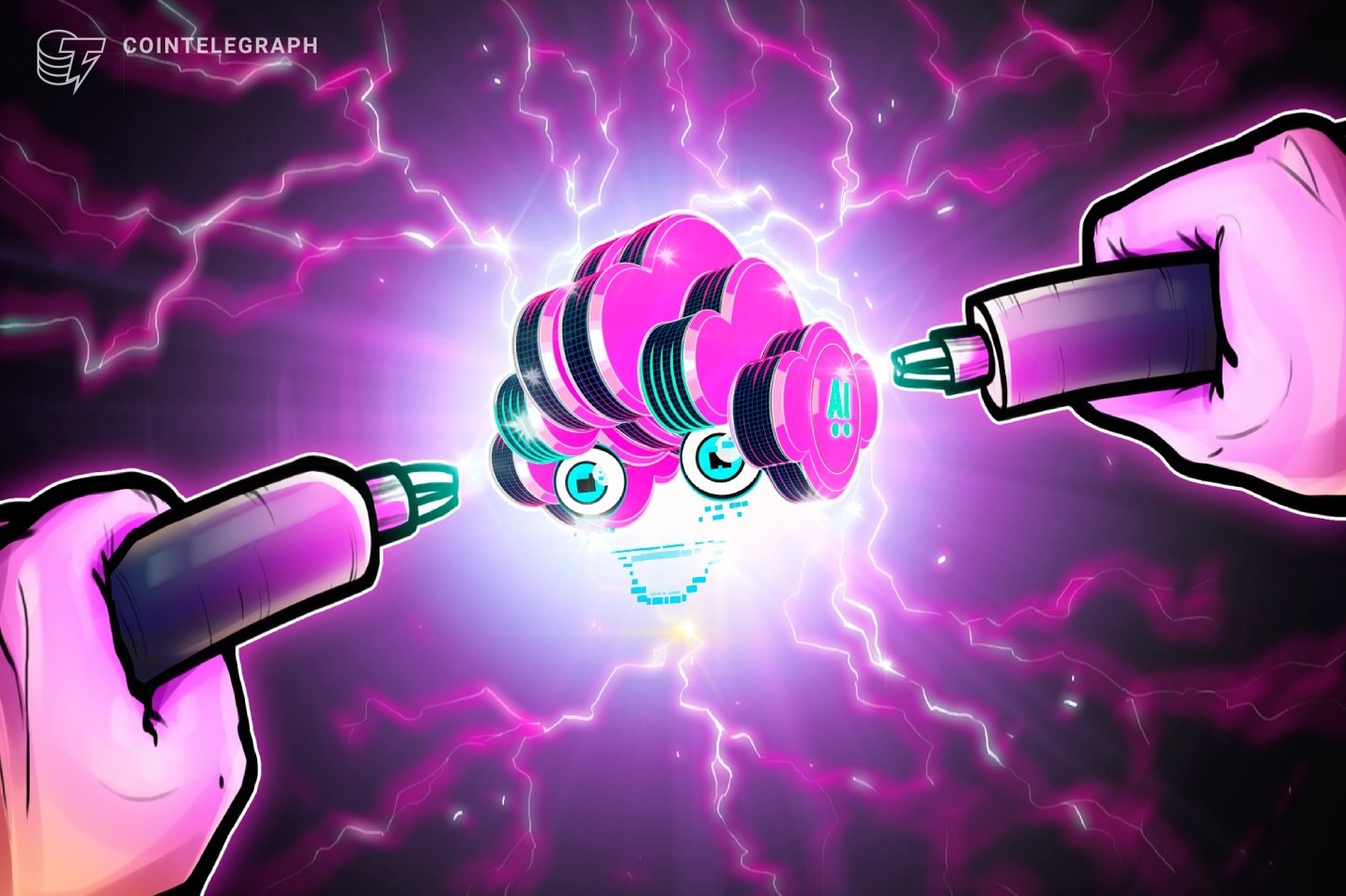United States lawmakers believe Building energy infrastructure for Bitcoin mining, AI, and high-performance computing is a major priority.
456 Total views
1 Total shares

As Bitcoin mining companies diversify into artificial intelligence and high-performance computing (HPC) data centers to shore up revenue, Nazar Khan, chief technical officer of TeraWulf — a publicly traded mining company — argues that electrical load variability is key to the long-term success of these facilities.
In an interview with Cointelegraph, Khan explained that Bitcoin miners are excellent controllable load resources because they can adjust their energy consumption every 10 minutes in response to peak demand or an oversupply of energy in the electrical grid.
However, this electrical load variability is much less pronounced with AI and HPC data centers, which require an uninterrupted stream of energy as high as 400-500 megawatts and additional energy redundancy infrastructure, such as gas generators, in case of a grid failure.
An energy breakdown of TeraWulf’s mining and computing operations. Source: TeraWulf
"The grid operator has a job to maintain reliability for everybody and deliver power to everybody," the TeraWulf executive said while noting that many utility providers are incapable of meeting the massive energy demand from AI and HPC operations. Khan continued:
"Those who understand how to integrate these large loads into the right spots are going to do well. And those who just say, 'we're going to put up a lot of megawatts' aren't in tune with that. They will likely find that they won't scale and grow as much as they think or say."Khan also asserted that while he never expects these high-performance computing centers to be as nimble as Bitcoin miners in balancing the energy grid, he does expect the HPC centers to become better load-balancing resources with time.
Related: TeraWulf to raise $350M in convertible notes for share repurchase
Massive computing power requires massive energy input
According to the TeraWulf executive, it costs approximately $500 per kilowatt hour to build and run a Bitcoin mining facility, compared to the $5000-$8000 per kilowatt hour required for AI or HPC data centers.
This stark cost difference was also noted by Sabre56 CEO Phil Harvey — who argued that while diversification into the adjacent fields of high-performance computing and AI centers made sense from a business perspective, transitioning a mining facility into a data center was not a seamless process.
Nuclear energy weight of fuel and carbon emissions comparison. Source: International Atomic Energy Agency
To meet the massive energy demands of high-performance computing applications tech companies are increasingly turning to nuclear power. In Oct. 2024, Google signed a deal with nuclear engineering company Kairos to build and bring a small nuclear reactor online by 2030.
Microsoft also inked a deal with the Constellation Energy Corporation in September to reopen the three-mile island nuclear site to provide power for its artificial intelligence projects. As part of the deal, Constellation will provide Microsoft with a whopping 835 megawatts of power by 2028.
Earlier this year, President-elect Donald Trump said that the United States should dedicate more energy to mining and data center operations to stay competitive in the 21st century — signaling that his administration would focus on this issue.
Magazine: AI may already use more power than Bitcoin — and it threatens Bitcoin mining

 6 days ago
15
6 days ago
15








 English (US) ·
English (US) ·